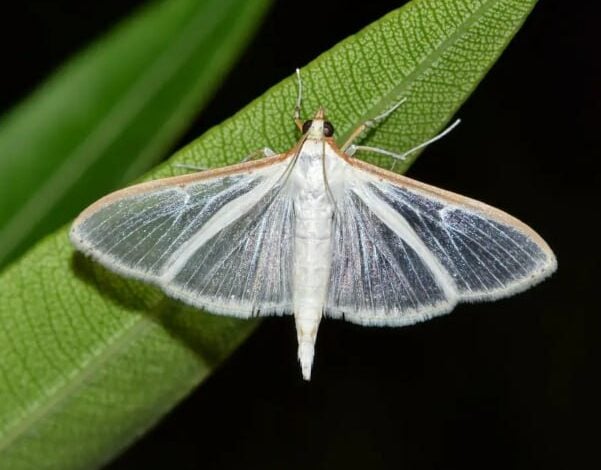Scientists Discover Plants and Animals Communicate Using Sound

Scientists Discover Plants and Animals Communicate Using Sound
————————–
A groundbreaking study published in eLife reveals for the first time that plants and animals interact through sound, Earth.com reported. Researchers found that female Egyptian cotton leafworm moths (Spodoptera littoralis) can hear ultrasonic clicks emitted by drought-stressed plants and use these sounds to choose egg-laying sites.
Plants under stress produce airborne ultrasonic vibrations in the 20 to 60 kHz range, previously thought to be inaudible to animals. The moths’ tympanic ears are highly sensitive to this frequency range, especially around 38 kHz, allowing them to detect stressed plants. Experiments showed that moths preferred to lay eggs near speakers playing recorded plant stress sounds, but this preference disappeared when moths were deafened, confirming the role of hearing.
When real plants were present, moths avoided those emitting stress sounds, indicating they interpret these signals as warnings. Moths also integrate sound with smell, as their antennae detect differences between drying and hydrated plants.
This discovery expands understanding of plant communication, which previously focused on chemical signals and underground fungal networks. The researchers suggest that other animals, such as pollinators or predators, might also respond to plant sounds.
“This is just the beginning,” said the team, highlighting that acoustic interactions between plants and animals represent a vast, unexplored field with many potential ecological roles.






